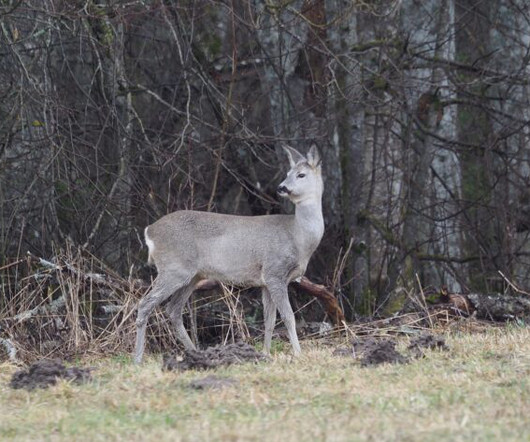Fur and Fangs rather than Feathers and Beaks
10,000 Birds
JANUARY 19, 2024
Note the short legs, stout body and white rump and tail I see Muntjac on virtually every birding (or dog-walking) outing, as these small Asian deer are now very numerous around my home in the Suffolk Brecks. He complained they were eating the grass he wanted for his horses. I’ve encountered Red Deer in almost as many countries, too.












Let's personalize your content